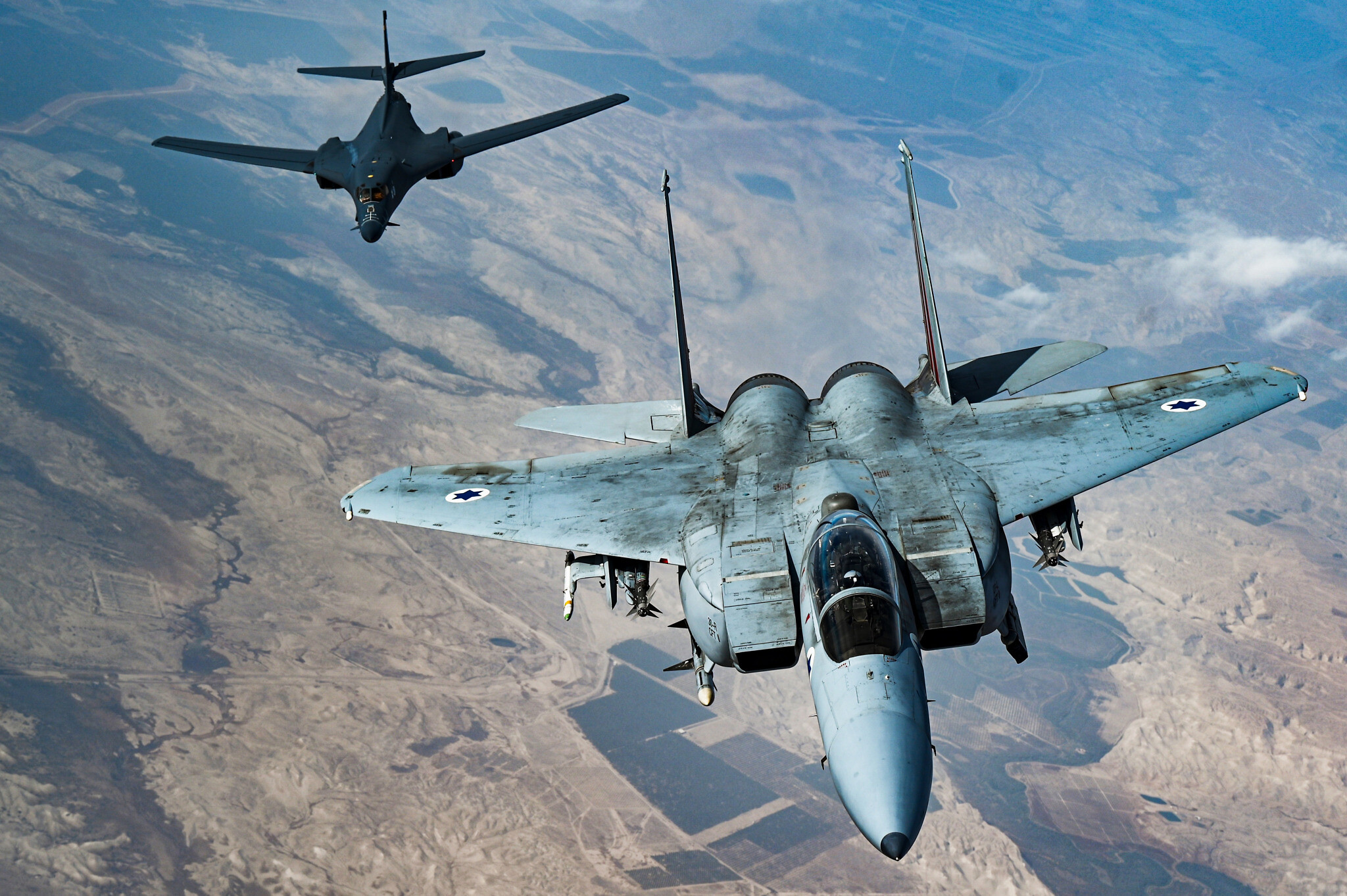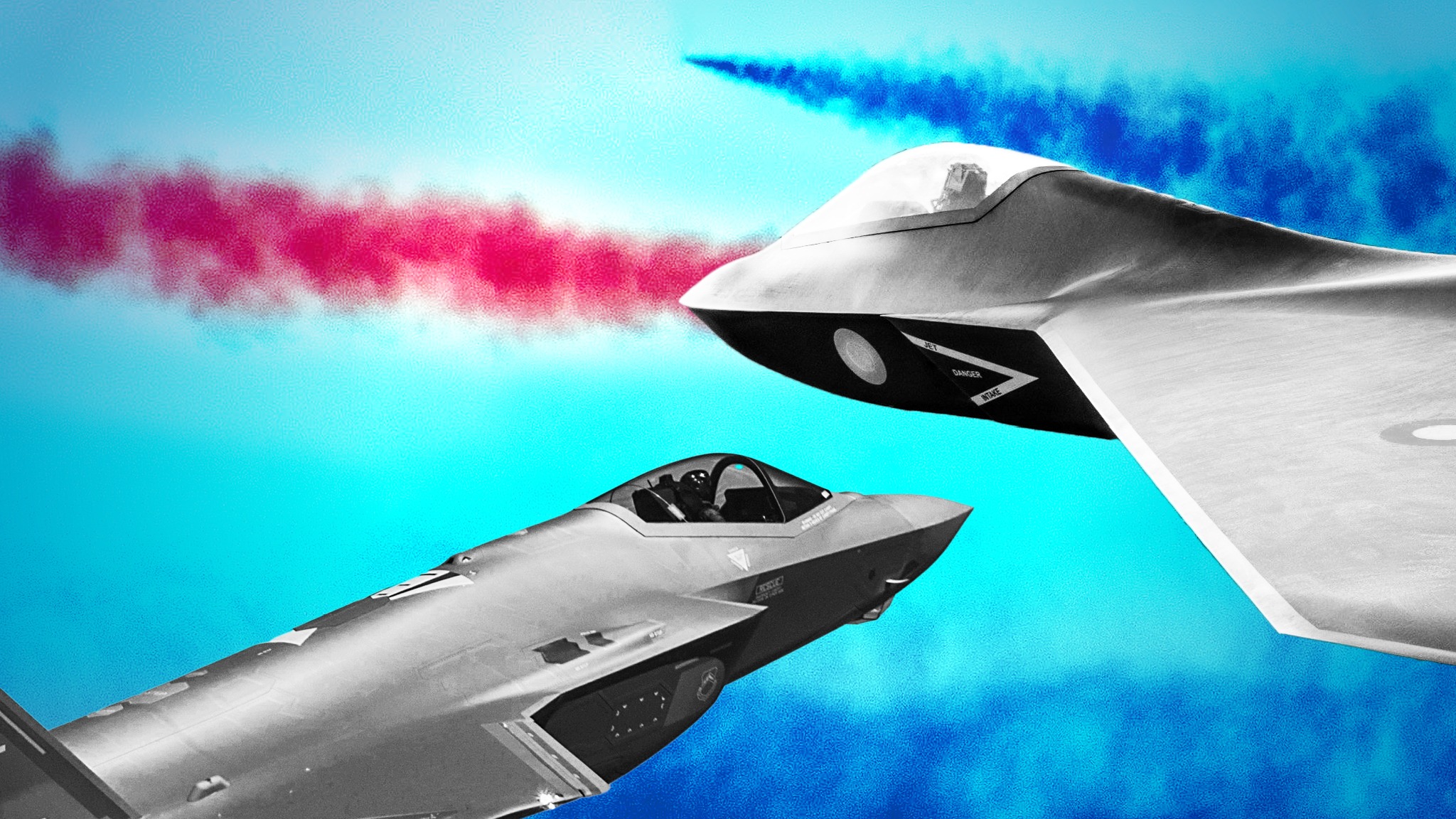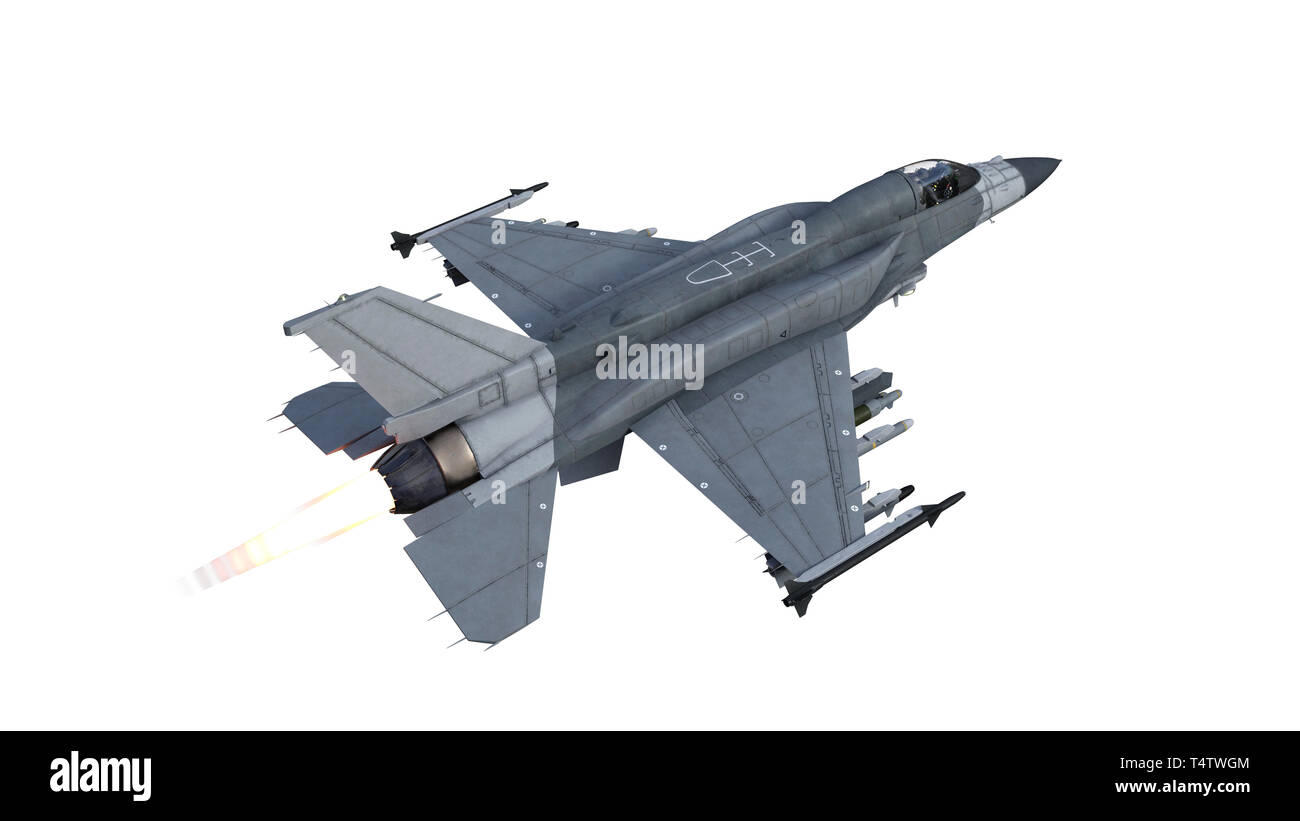Fighter Jets Pics - The F15 is a small aircraft designed for combat use in all weather conditions. Stocktrek/Getty Images
It didn't take long for the world to think about the combat potential of the aircraft. In 1911, just eight years after the Wright brothers launched from the ground, the US military began dropping test bombs from above. A few years later, the armies of the First World War fought in the air with machine-gunned aircraft.
Fighter Jets Pics

Things took off quickly from there. Just 60 years later, the first single-engine jets were transformed into powerful and powerful jets that could move through the air at speeds in excess of 600 miles per hour (970 km/h).
Fighter Jets Photos, Download Free Fighter Jets Stock Photos & Hd Images
In this article we will look at one of the most famous weapons, the F-15. This amazing craft is getting older with age - it's been around since the 70s - but it's still an important part of America's arsenal. According to the US Air Force, he has an excellent combat record, with over 100 victories and no losses. As we can see, its success is due to its phenomenal maneuverability, advanced electronic equipment and incredible firepower.
The F-15 Eagle is a small, maneuverable aircraft designed for combat missions in all weather conditions. Its primary mission is to maintain air quality. In other words, its main purpose is to defeat other aircraft in aerial combat.
The United States Air Force ordered the plane after looking at the MiG-25, a powerful attack aircraft introduced by the Soviet Union in 1967. The MiG-25, dubbed the "Foxbat," was better than the first American one. jet fighter of the time, the F-4 Phantom, and in the heart of the Cold War, the Air Force needed a similar aircraft as soon as possible. McDonnell Douglas (now with Boeing) was awarded the contract for the new program and delivered the completed F-15 a few years later. The company has since introduced many variations on this aircraft, although technology and needs have changed (see below). The F-15 Eagle is the current F-15C fighter.
The original F-15 Eagle was designed to serve only air-to-air (other aircraft) targets. It was not built to shoot down targets on the ground because the Air Force knew that other equipment would interfere with the aircraft's capabilities. But when the Air Force needed a fighter to replace the aging F-111 until the new F-117 was ready, they decided to replace the F-15 for space and ground missions. The result was the F-15 Strike Eagle, designated the F-15E.
Boeing's New Autonomous Fighter Jet Has A Pop Off, Swappable Nose
The F-15 Strike Eagle (below) carries several air-to-ground weapons in addition to the air-to-air weapons you'll find on the F-15C (above).
The Strike Eagle is not a replacement for the original F-15, but a new bomber. Ironically, the Air Force's short-term success turned out to be one of the best fighter planes ever created. In Operation Desert Storm, the Strike Eagle proved it could sneak past enemy aircraft, hit some ground targets, and then break out of enemy territory.
In the next episode, we will see how these two planes meet and how they gracefully dive, climb and dodge.

The F-15 has most of the features you would find in a conventional fighter jet. It has two wings for lift, has vertical and horizontal stabilizers and rudders to balance and control the aircraft, and twin turbofan engines at the rear of the aircraft to increase thrust. .
Pakistan Officially Inducts Chinese Built J 10c Fighter Jets
The main difference between the F-15 and conventional aircraft is how they are balanced. The F-15's twin engines (Pratt & Whitney F-100-PW-220s or 229s) have a high power-to-weight ratio, meaning they are light for the size of the tank and produce (they can produce almost eight times their own weight in the bowl) .
The body of the aircraft is light but very strong. The wings (supports inside the wings) are made of titanium, which is lighter and stronger than steel, and most of the formwork is made of light aluminum. According to the Air Force, each machine can handle between 25,000 and 29,000 pounds of payload. The standard weight of the F-15C is only 45,000 pounds, which means that its tank is larger than its weight! He can run fast, even when climbing high.
The F-15 has a very low wing loading, meaning it has a large wing for its weight. The greater the wingspan, the greater the plane's lift. It can take off, climb and turn faster than a normal airplane, because it weighs more per square foot of wing.
The F-15's high thrust-to-weight ratio and low wing loading allow it to launch from the ground at a sharp angle.
Air Force Panel Eyes Latest Us Fighter Jets
The F-15 can carry additional fuel in three external tanks. One mount is under each wing and the other is attached to the fuselage.
The engines are equipped with afterburner nozzles, which can provide a fresh shot of the tank if necessary. Afterburner simply injects fuel into the combustion stream. It ignites, adding hot gases that shoot up the back of the engine (see this issue of the day for details on the burners). At full power, the plane can reach Mach 2.5 (about 1854 mph / 2984 kmph).
High engine power comes at a price -- low fuel consumption. Indeed, the F-15 was designed with this limitation in mind. To enhance its unfinished appearance, it was built with large internal fuel tanks in the fuselage (main body) and on the wings. It can carry three external tanks and form-fitting aerodynamic tanks under the wings to lift its own. The F-15C can fly 3,450 miles (5,550 km) and the F-15E can fly 2,400 miles (3,860 km).

Another problem with motors is that they lose speed. This is expected due to the amount of work they do. Fortunately, they're easy to replace -- Air Force One can do it in less than an hour!
Fighter Jet Vector Art, Icons, And Graphics For Free Download
The F-15 doesn't take off fast, it also stops fast. It has its own air suspension, a hydraulically operated plate that increases the aircraft's drag to slow it down (like a parachute).
What differentiates the F-15 and other fighters from their predecessors is their electronic systems. The first pilots piloted their planes mechanically, by moving the links, and mostly used their own eyes to track enemy planes. In contrast, almost every part of the F-15 is computerized.
The plane is a robot. It has a central computer that is connected to a series of advanced sensors. Based on data from the inertial guidance system (which contains important gyroscopic sensors) and the pilot, the computer activates hydraulic actuators to adjust the wings and rear stabilizers. The plane doesn't fly directly to the plane: it gives the instructions, and the computer decides how to execute it. The computer constantly makes flight adjustments to improve flight performance -- the computer creates a smoother ride. The F-15's computer can make precise adjustments in milliseconds, about a hundred times faster than a human.
The main "eye" of the plane is its nose-mounted computer-controlled radar system. The job of radar is to find other aircraft and make maps. The antenna is mounted on movable gimbals, so it can be rotated to look at different locations or track a moving target. The radar indicates the direction of the target using a pulse-doppler system - the displayed change in radio frequency indicates the target's movement to or from the radar system (eg (See How Radar Works for more information.)
Fighter Jets Nz
The F-15 Strike Eagle has new scanning equipment called Low Intensity Infrared Night Navigation and Search (LANTIRN). The LANTIRN system is installed in two pods placed under the aircraft, near the engine compartments.
The navigation unit contains another radar unit mounted to map the earth's terrain, as well as a forward-looking radar (FLIR) to collect infrared thermal energy from surrounding objects. Together, these sensors provide a detailed picture of the ground below, allowing the pilot or computer to fly in the dark.
The tank is equipped with a powerful laser and another FLIR scanner, mounted on a rotating turret. The laser works as a rangefinder, calculating the distance to targets based on how long the laser beam emits them, and also as a planner, marking targets for laser-guided missiles. The strategic system is designed to select ground targets, but can also be used in air-to-air combat.

The central computer processes data from the radar and the LANTIRN system and provides navigational and navigational information to the crew. In the next section, we'll take a peek inside the cockpit to find out how
Buy 12 Piece Mini Diecast Metal Fighter Jets Air Force Set (1 Dozen) Online At Low Prices In India
Second degree assault washington state, 2nd degree assault sentence, 2nd degree aggravated assault, 2nd degree assault mn, 2nd degree assault, 2nd degree assault definition, 3rd degree assault washington state, 4th degree assault washington state, 2nd degree felony assault, 4th degree assault washington, what is assault 2nd degree, 2nd degree assault charges
